Last Updated on June 12, 2025
In this latest installment of our Go Beyond… series, we introduce you to the Pisa beyond the Leaning Tower, most often entirely overlooked by tourists on their way to more popular Tuscan towns.
When you hear Pisa, you think the ‘Leaning Tower of’. In fact, most tourists only stop in town for the obligatory picture with the Torre Pendente, as it is called in Italian. Herds of cruisers and tour groups arrive in the morning, pretend to hold it up for a few minutes and then move on to Florence.
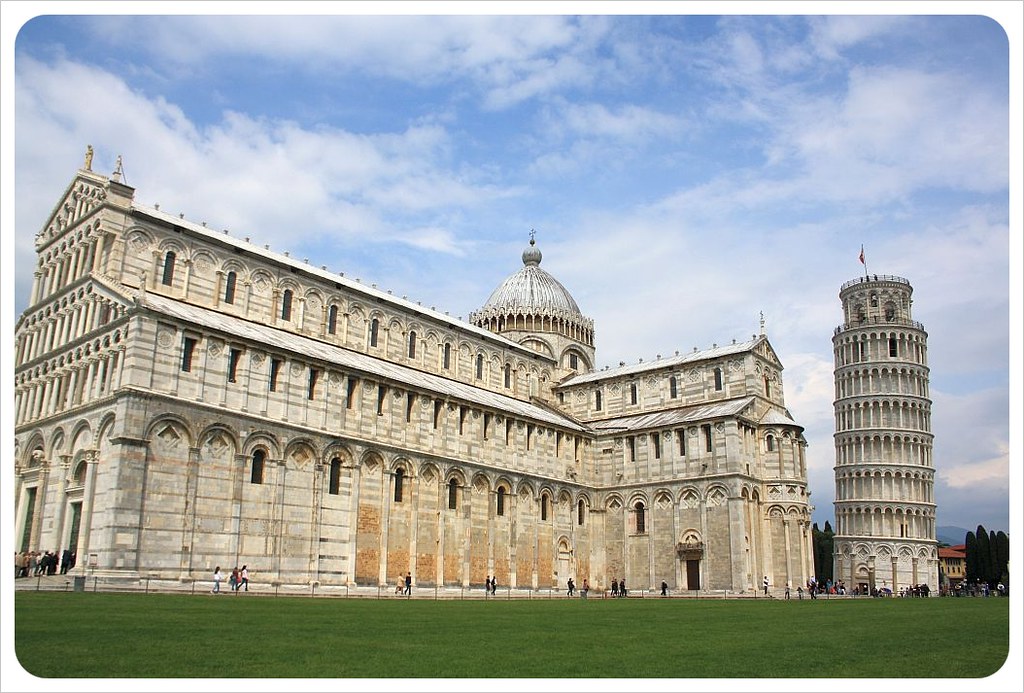 Let’s face it – if it weren’t for the leaning tower, most people would skip Pisa entirely in favor of famous Florence, picturesque San Gimignano or the medieval flair of Siena or Lucca.
Let’s face it – if it weren’t for the leaning tower, most people would skip Pisa entirely in favor of famous Florence, picturesque San Gimignano or the medieval flair of Siena or Lucca.
And that’s fine. Let the others skip this charming Tuscan town, so you can enjoy your time exploring beyond Campo dei Miracoli square, home to the Leaning Tower of Pisa. If you do go beyond, you will find a bustling university city has plenty to offer with a scenic river promenade, spacious plazas, spas, nearby beaches, and of course scrumptious Italian cuisine.
What to See in Pisa, Italy
Campo dei Miracoli
While the Leaning Tower is not everything that Pisa has to offer, it can’t be skipped! Head to the Campo dei Miracoli and take the cheesy pictures, but take the time to take in the rest of this grand field as well: the Campo Dei Miracoli (Miracle Square) is home to the main religious monuments of Pisa, including its Cathedral, the stunning Baptistery and the graveyard that all date back to the 15th century.
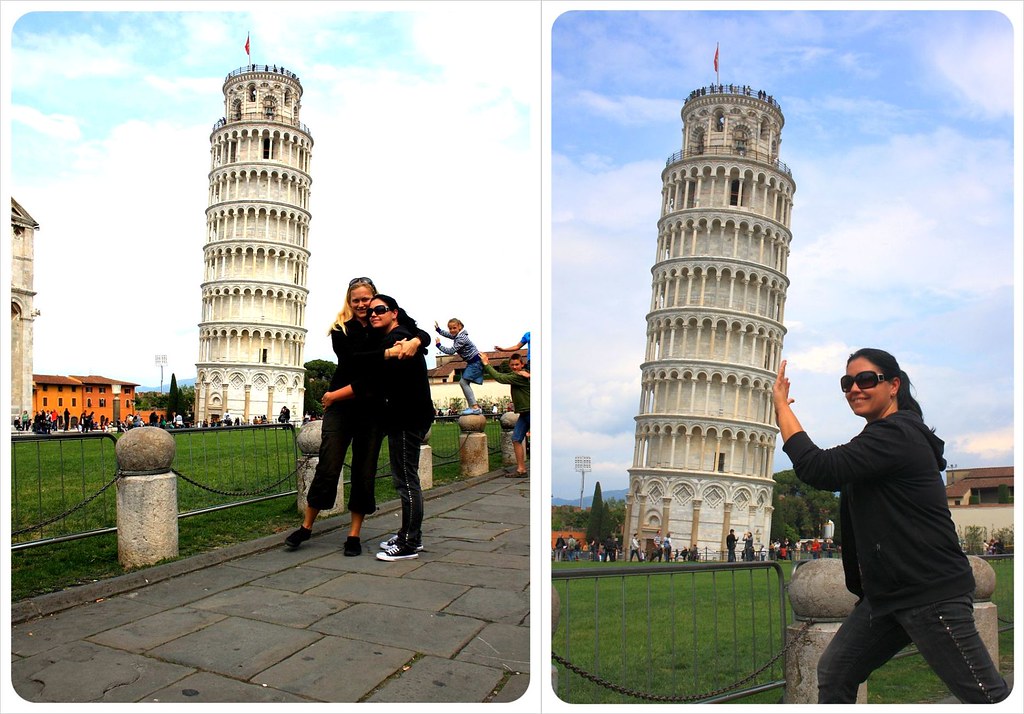 The round Romanesque dome on the Square is the Baptistry, decorated with sculptures and paintings and visitors can climb into the dome. Stay for a while to hear the astonishing audio effect in the baptistery – the guard regularly comes inside and shouts a few sounds to demonstrate the acoustics, which makes regular shouts sound like music.
The round Romanesque dome on the Square is the Baptistry, decorated with sculptures and paintings and visitors can climb into the dome. Stay for a while to hear the astonishing audio effect in the baptistery – the guard regularly comes inside and shouts a few sounds to demonstrate the acoustics, which makes regular shouts sound like music.
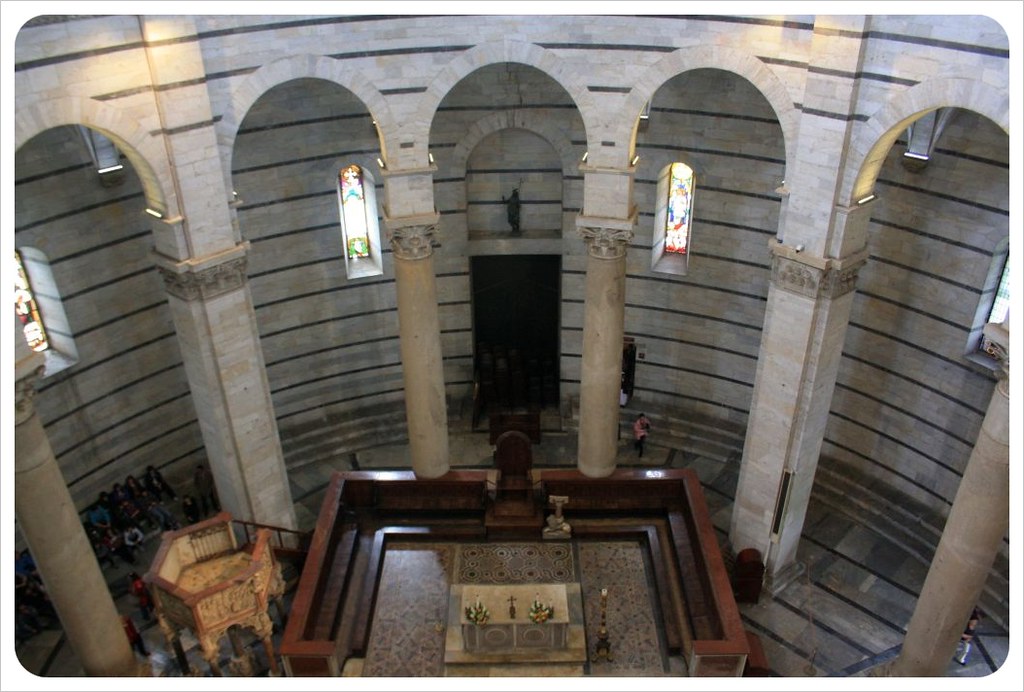 Tip: If you are planning to climb to the top of the tower, reserve your tickets in advance here to avoid the long waiting lines. Admission is €20 if booked online and tickets are issued for a specific time and date.
Tip: If you are planning to climb to the top of the tower, reserve your tickets in advance here to avoid the long waiting lines. Admission is €20 if booked online and tickets are issued for a specific time and date.
The other significant building on the Piazza dei Miracoli is the Cathedral of Saint Mary of the Assumption, one of the most prestigious cathedrals in Italy, and a masterpiece of the era of the Florentine Renaissance.
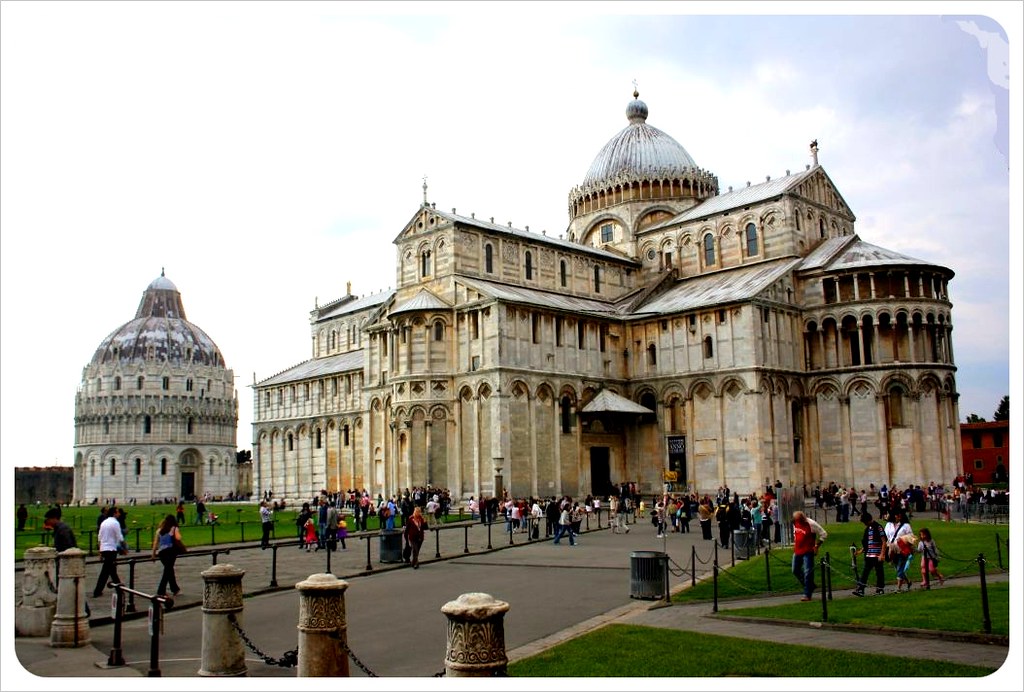 The Composanto Monumentale, located at the northern edge of the square, is the city’s historical cemetery where noble citizens were buried.
The Composanto Monumentale, located at the northern edge of the square, is the city’s historical cemetery where noble citizens were buried.
Via Roma and Via Francesco Crispi
If you arrive by train, it is a thirty-minute walk along these two streets to the Campo dei Miracoli. Take the time to walk into the buildings, and at least peek into the shops, cafes and restaurants on the half-hour walk to the Leaning Tower. If you don’t arrive by train, make sure to walk these main shopping streets to take in the atmosphere of the university town. Stop on the Solferino Bridge for the views of the river promenade along the Arno River.
The Arno River Promenade
The River Arno runs across Pisa, lined with a gorgeous promenade and yellow and beige houses lining the streets running parallel to the river.
You could just walk from the Solferino Bride to Ponte di Mezzo Bridge, turn around there and make a loop back, or if you have more time, make sure to walk all the way east to Ponte della Fortezza. On this stretch of the promenade, located in the historic quarter of Santa Maria, you’ll also pass prominent medieval buildings such as the Medici Palace, Toscanelli Palace and the church of San Matteo.
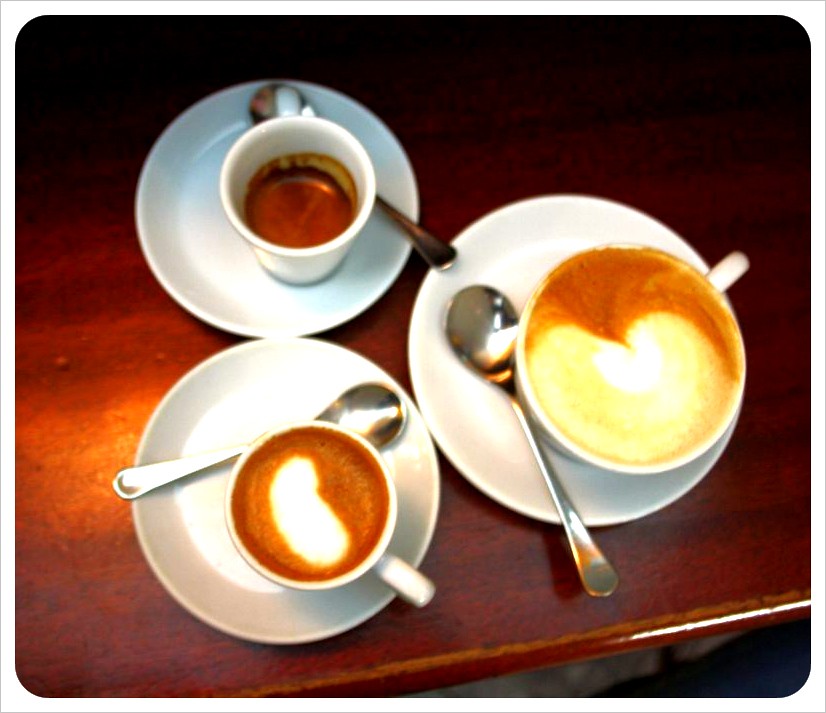 Tip: Just northwest of the Mezzo Bridge on Lungarno Pacinotti is the best gelateria of the city: La Bottega del Gelato.
Tip: Just northwest of the Mezzo Bridge on Lungarno Pacinotti is the best gelateria of the city: La Bottega del Gelato.
Piazza Garibaldi and Piazza XX Settembre
Piazza Garibaldi and Piazza XX Settembre are two opposing town squares at each end of the Ponte di Mezzo, and are considered the actual center of the city. From here starts Borgo Stretto, Pisa’s most elegant street. You can’t miss this street, recognizable by its many arches, under which expensive boutiques can be found.
Borgo Stretto is also home to the city’s most exquisite pastry shop: Pasticceria Salza.
Piazza Delle Vettovaglie
This enchanting square is the medieval heart of the city, surrounded by high medieval buildings. You’ll get there when you follow Borgo Stretto, and similar to this pretty street, the square is surrounded by stone arches. There are some lovely restaurants here (where you’ll see locals eat, not tourists), as well as a traditional vegetable market.
Old Citadel & Guelph Tower
The Cittadella di Pisa, the Old Citadel, is located in the Tersana neighborhood on the north side of the River Arno. You can climb the Torre Guelfa (Guelph Tower) to have a splendid view over Pisa, including the Leaning Tower, which is well worth the trip there. The Citadel was an important fortification from which ships were launched in the 13th century. This is an area of Pisa that most visitors don’t get to see at all.
Piazza dei Cavalieri
The Piazza dei Cavalieri, the Knights’ Square, is one of the most significant landmarks in Pisa, the second main square after the Campo dei Miracoli. In medieval times, this square was the town’s political center, and you can still see the remarkable historic buildings that surround the square. On this plaza you’ll find the Palazzo della Carovana for example, with a magnificent façade that was constructed during the Renaissance era, as well as the Palazzo dell’Orologio (Clock Palace), and the churches Chiesa di Santo Stefano and San Rocco.
The beaches near Pisa
Italians love their lidos, as they call their beaches, and they are lined with umbrellas and sun chairs in the summer months. Pisa is so close to the Mediterranean shores that you have several options for a quick visit to the beach (all are well connected by the inexpensive public bus system): Pisa di Mare, only 10km outside of town, the seaside resort of Tirrenia just south of Pisa di Mare, the charming seaside town of Viareggio, famous for being the town where opera composer Giacomo Puccini lived and worked, just 30km north of Pisa.
Street art and a Keith Haring Mural
If you are a street art fan like we are, you’ll enjoy the many graffiti pieces in the streets around town, and there is even a giant Keith Haring mural here. He fell in love with Pisa when he visited and painted this mural as a gift for the city. The mural is located between Via Giuseppe Mazzini and Via Massimo D’Azeglio (just off Piazza Vittorio Emanuele II).
Discover culinary Pisa
While most of Pisa’s culinary specialties are similar to the rest of the food in Tuscany, there are a few dishes that are unique to Pisa:
- Frog soup
- San Michele White Beans soup
- the popular fish dish Bavettine Sul Pesce
If you are a pasta lover, order spaghetti with Pesto Pisano, which, in contrast to Pesto Genovese, also has pine kernels.
If you have a sweet tooth (even after the gelato and pastries!) don’t leave Pisa without trying the Torta co’ bischeri, a cake made of pine nuts, chestnuts and chocolate.
Pisa Travel Tip: As a general rule, don’t eat anywhere around Campo dei Miracoli, which is surrounded by mediocre tourist traps. The San Martino neighborhood south of the River Arno has several inexpensive, authentic restaurants for example (many are right on Via San Martino), or the above mentioned Piazza Delle Vettovaglie.
Relax in a spa in Pisa
Like several other Tuscan towns, Pisa has some thermal water which has been used for health benefits for hundreds of years. The two best spas in town are the Casciana Terme, which in addition to thermal water also offers a wide range of rehabilitation therapies, and San Giuliano Terme, which has several springs, including one that has calciferous magnesic sulfate water, naturally rich in vital curative elements.
Tips for visiting Pisa
Pisa is well-connected to other cities in Tuscany and has much cheaper accommodation than Florence or Siena. You could rent an apartment and make Pisa your base and explore the rest of Tuscany from here!
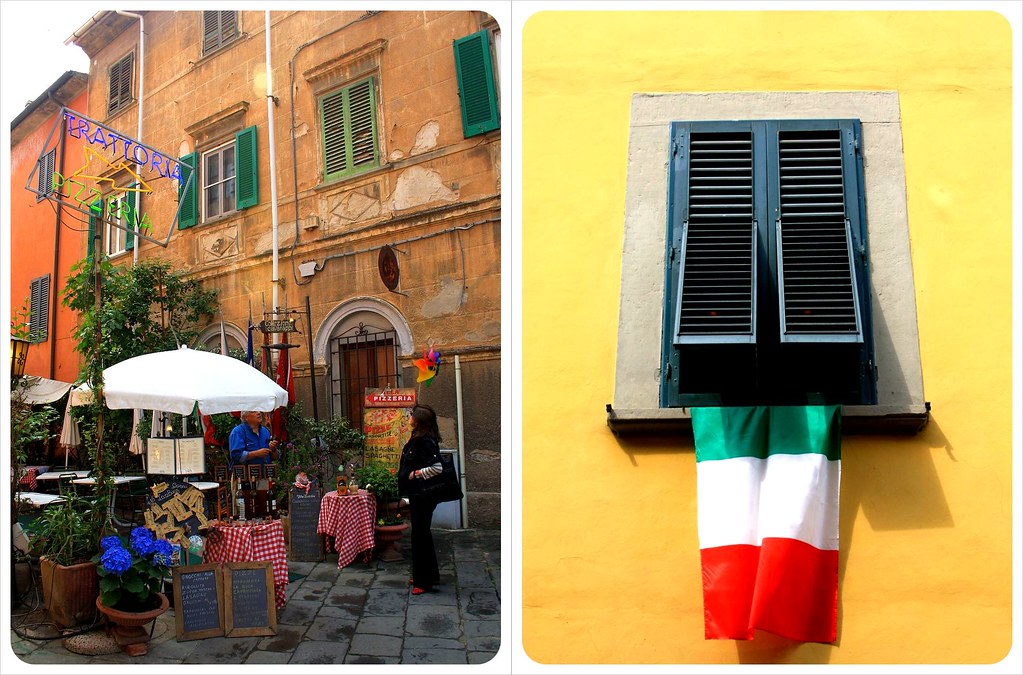 There are three trains per hour to Florence for example, one per hour to Lucca, and tickets are very cheap if you book them in advance on the Trenitalia website. If you’re visiting Pisa just for the day, here’s how to get from Florence to Pisa.
There are three trains per hour to Florence for example, one per hour to Lucca, and tickets are very cheap if you book them in advance on the Trenitalia website. If you’re visiting Pisa just for the day, here’s how to get from Florence to Pisa.
Most budget airlines fly straight to Pisa from the rest of Europe – you can fly with a budget airline for as low as €30 from Ireland, England, Germany, Austria, Denmark and other European countries directly to Pisa on Ryanair and Easyjet, for example.
The airport is right in town; you can walk to the Leaning Tower in just under twenty minutes!

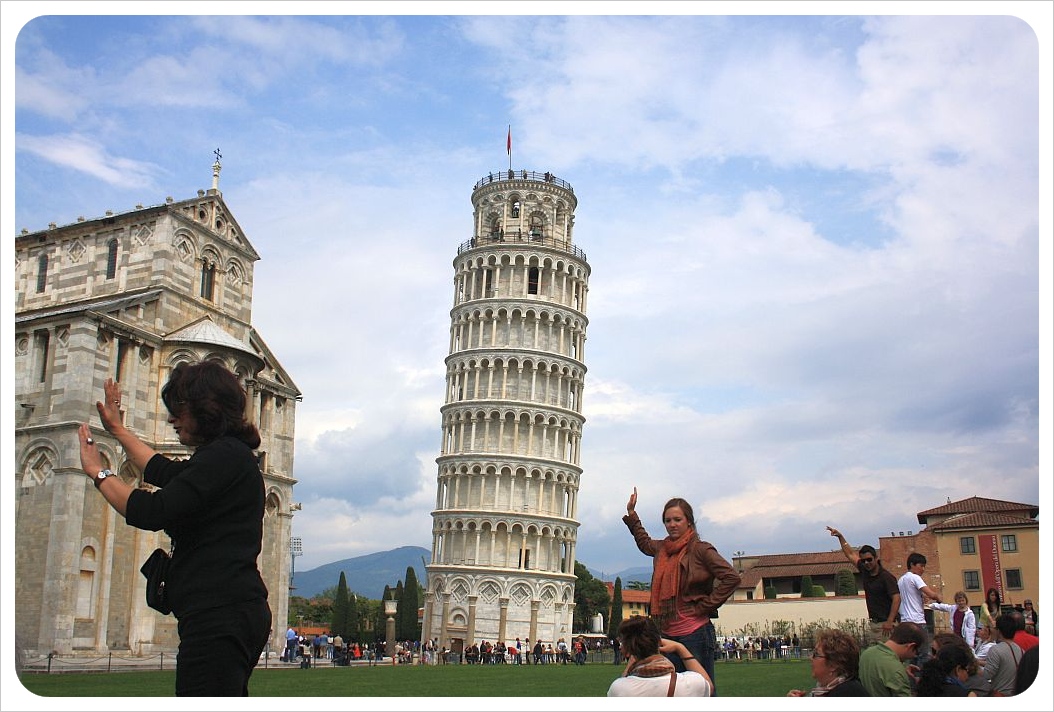
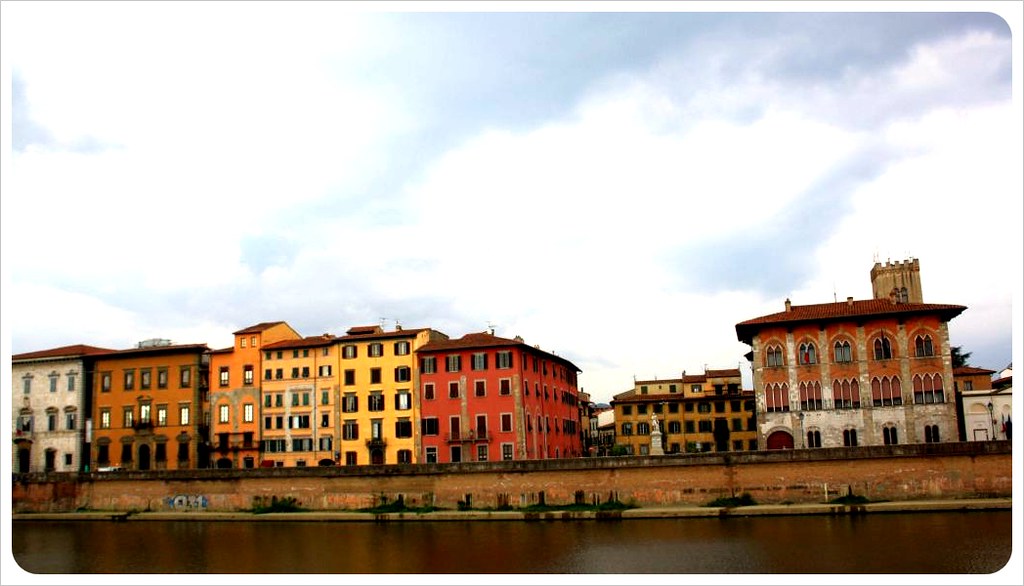

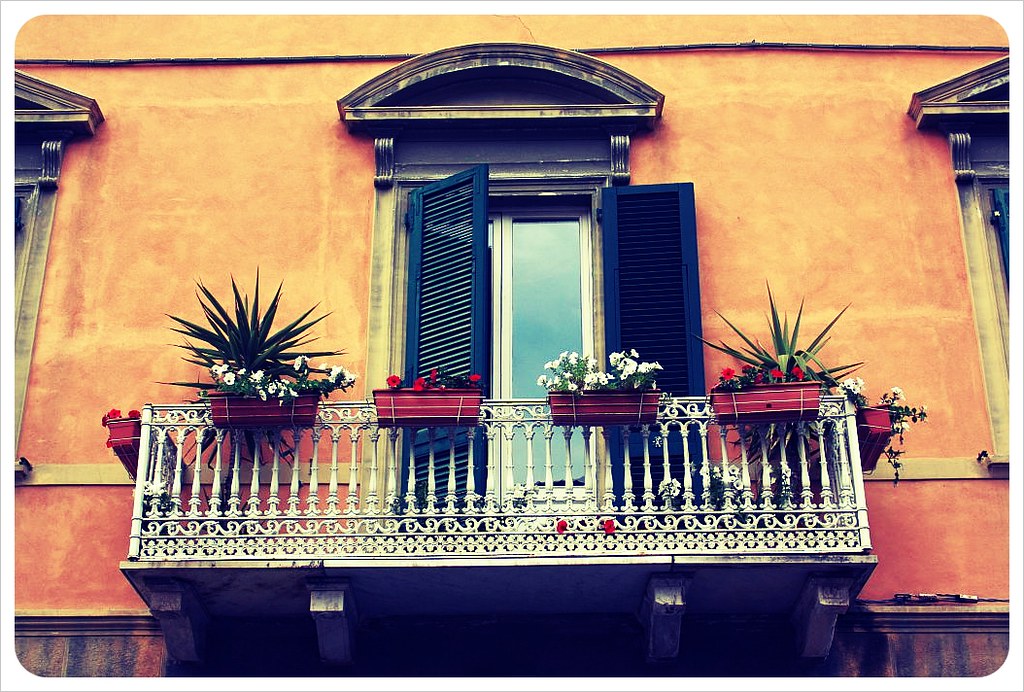
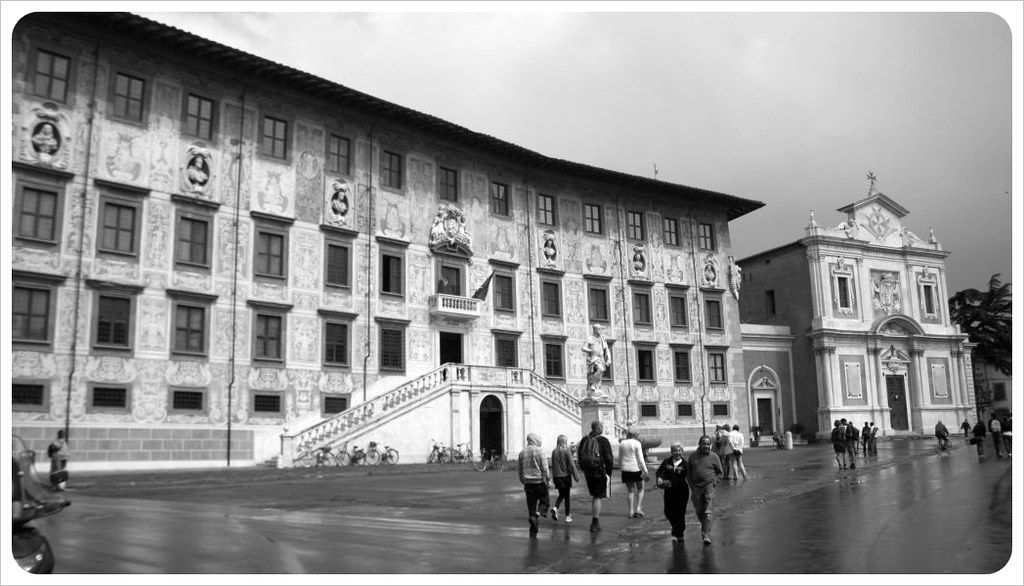
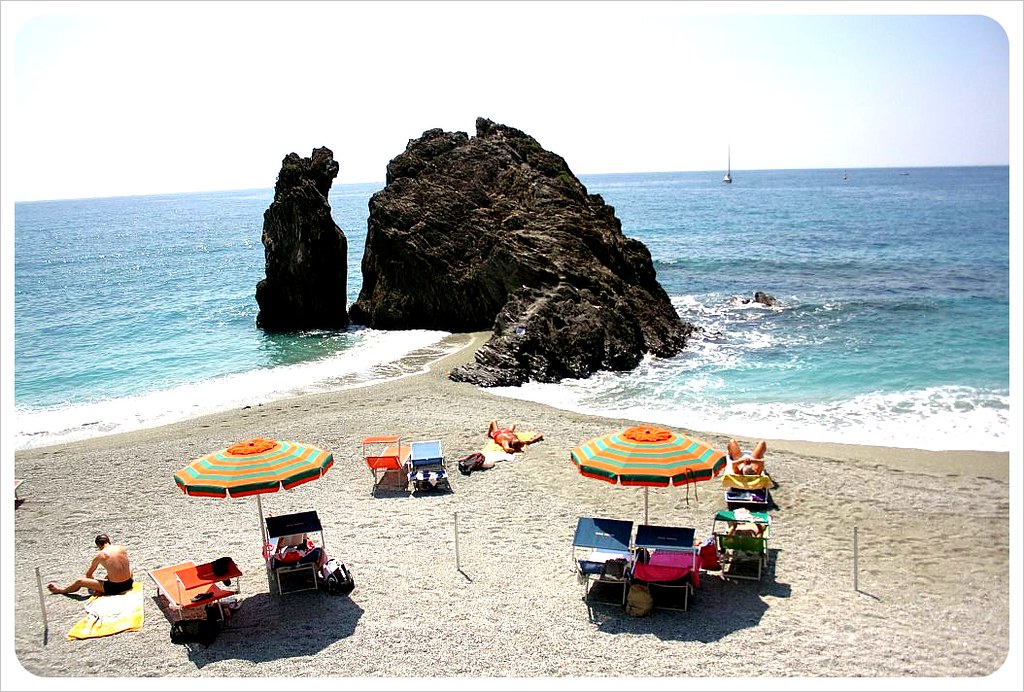

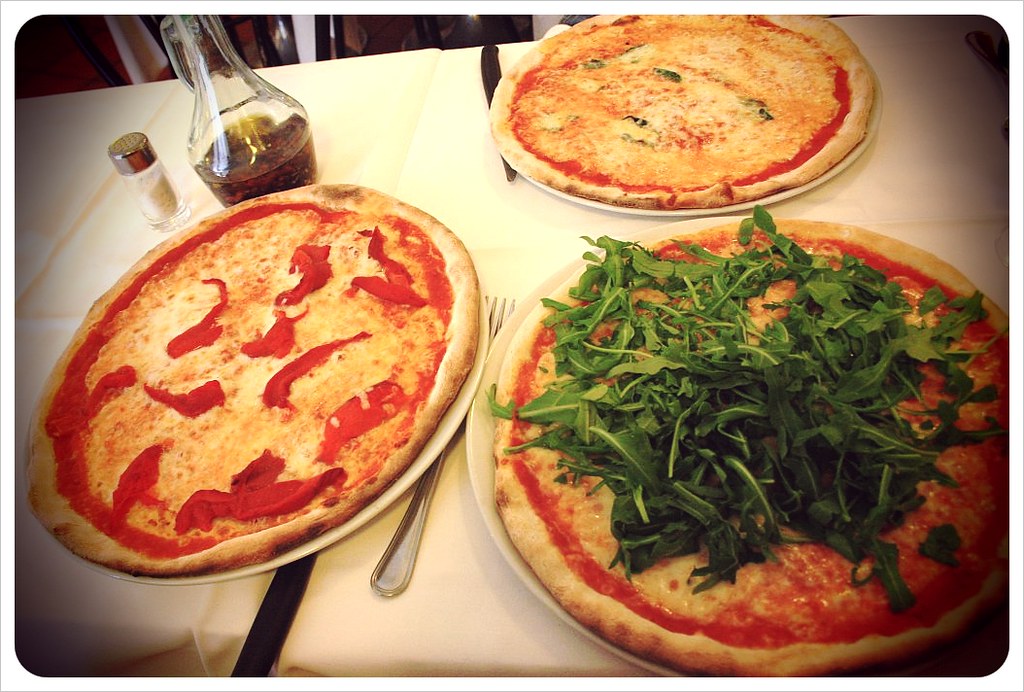
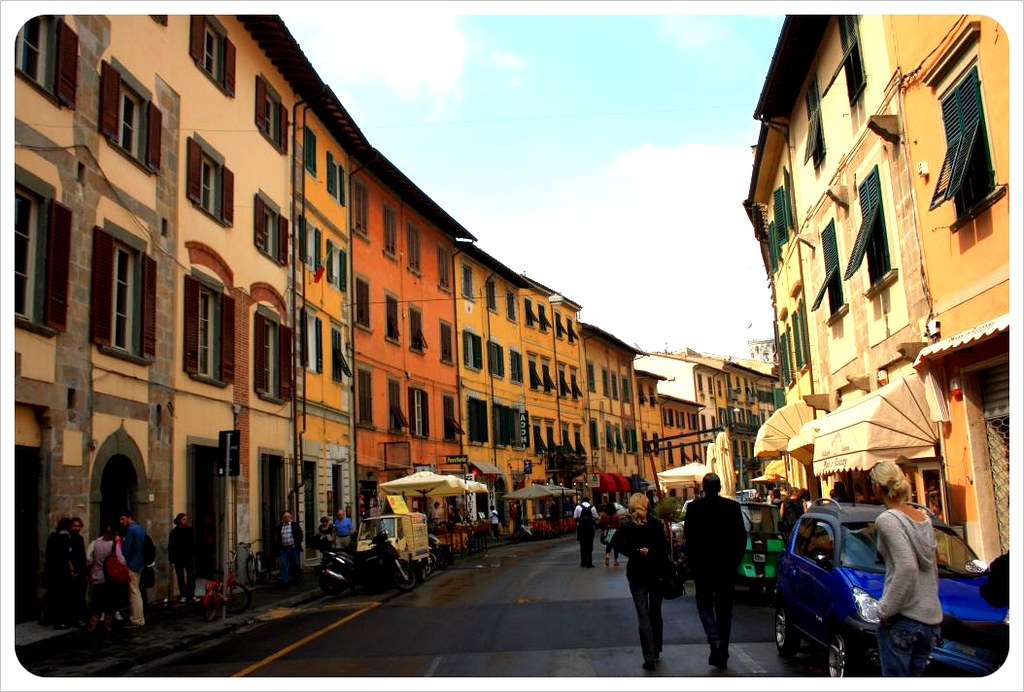




Chanel | Cultural Xplorer
Tuesday 26th of August 2014
Ugh, why am I just seeing this AFTER I visited Pisa? Haha!
Dany
Thursday 4th of September 2014
Well, I guess you have a reason to go back now ;-) How was your trip??